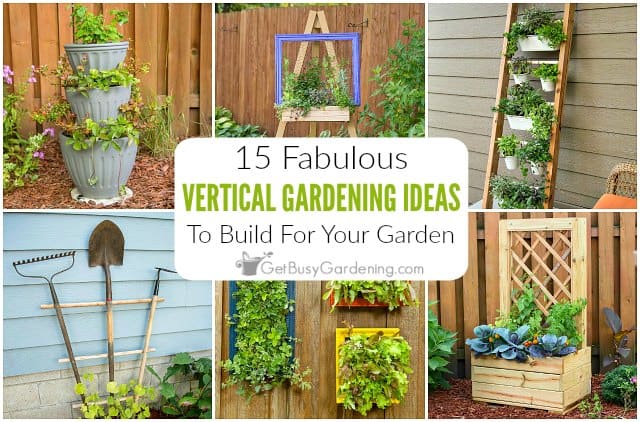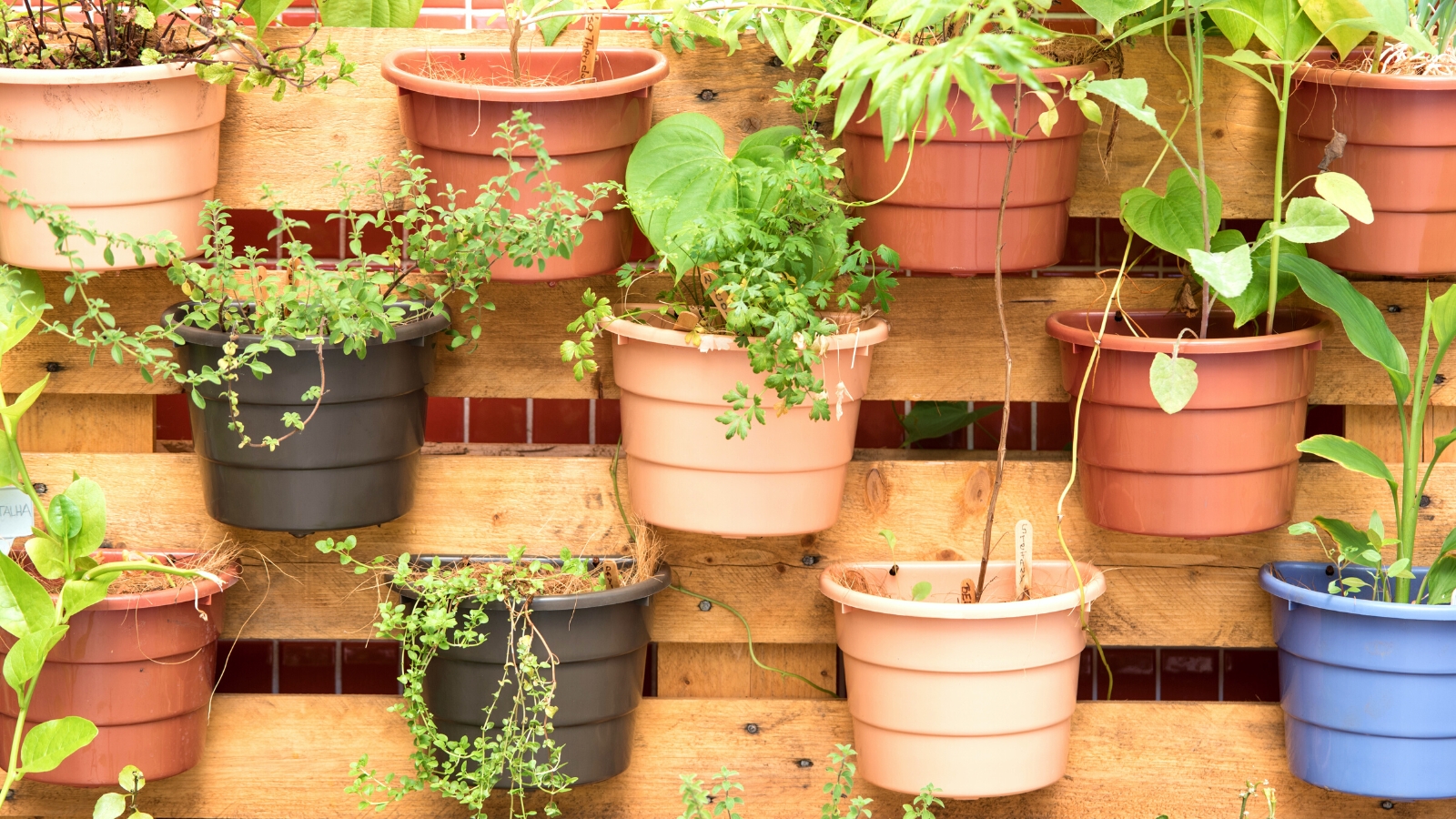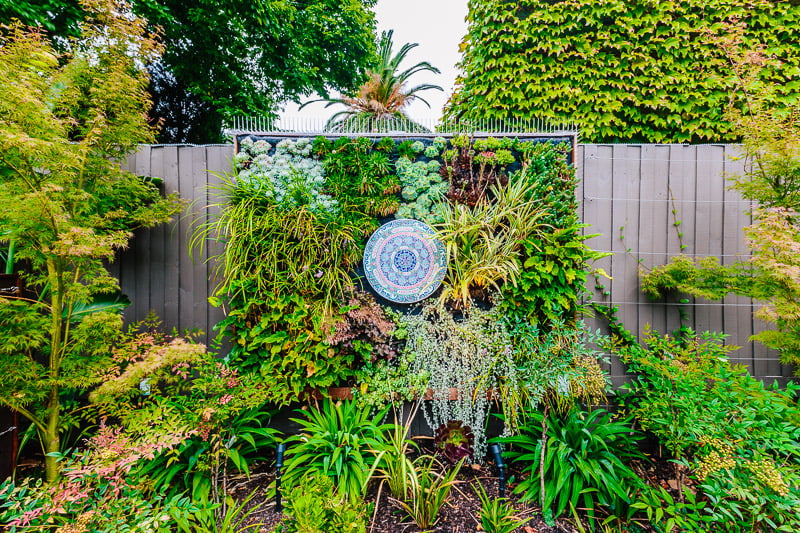Are you looking for a fresh and innovative way to add greenery to your living space? Look no further! This article explores the world of vertical gardening, offering inspiration and techniques to help you create your own stunning vertical garden. Whether you have a small balcony or a spacious backyard, you’ll discover unique ideas and practical tips that will transform any vertical space into a lush oasis. Get ready to bring nature indoors and elevate your gardening game with the art of vertical gardening!
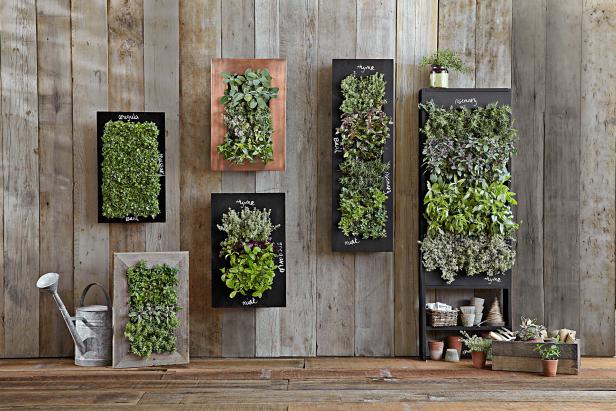
This image is property of hgtvhome.sndimg.com.
Choosing the Right Location
When it comes to designing a vertical garden, choosing the right location is crucial. By considering sunlight and shade, wind and temperature, as well as available space, you can create an optimal environment for your plants to thrive.
Consider sunlight and shade
Before selecting a spot for your vertical garden, take note of the amount of sunlight it receives throughout the day. Different plants have varying sunlight requirements, so it’s important to choose a location that provides the right amount of sun exposure. Additionally, consider any areas of shade that may affect the growth of certain plants.
Evaluate wind and temperature
Wind can have a significant impact on vertical gardens, as it can dry out the soil and damage plants. Take into account the direction and intensity of the wind when choosing a location. Similarly, temperature fluctuations can affect plant growth, so it’s essential to select a spot with stable temperatures.
Assess available space
Vertical gardens can be installed in various locations, including walls, fences, balconies, and even indoors. Consider the available space you have and ensure that it is suitable for the size and number of plants you wish to grow. Additionally, assess any weight restrictions that may be in place when choosing a location.
Selecting the Right Plants
Once you have determined the ideal location for your vertical garden, it’s time to select the right plants. By considering the climate, choosing plants with similar light and water requirements, and opting for varieties with compact growth habits, you can create a visually appealing and functional garden.
Consider the climate
Different plants thrive in different climates, so it’s essential to choose species that are well-suited to your local climate. Consider factors such as average temperature, humidity, and rainfall when selecting plants for your vertical garden. This will help ensure that your plants can withstand the environmental conditions they will be exposed to.
Choose plants with similar light and water requirements
When selecting plants for your vertical garden, it’s important to choose species that have similar light and water requirements. This will make maintenance much easier, as you can water and provide adequate lighting for all the plants in one go. Additionally, choosing plants with similar requirements will help promote uniform growth and prevent certain plants from overshadowing others.
Opt for varieties with compact growth habits
Since vertical gardens have limited space, it’s best to choose plants with compact growth habits. These plants will take up less space and will be easier to maintain and shape. Look for varieties that have a bushy or trailing growth habit, as they can be trained and pruned to fit the vertical structure.
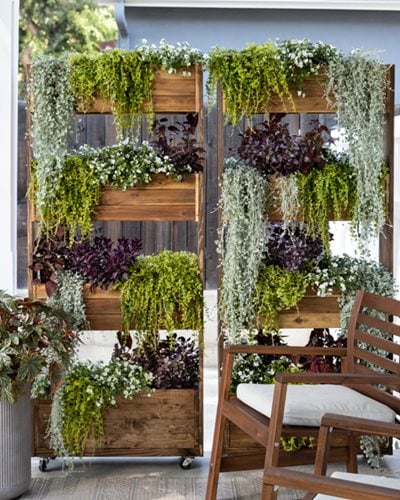
This image is property of www.gardendesign.com.
Determining the Structure
The structure of your vertical garden is not only important for aesthetics but also for the stability and functionality of the garden. By choosing the type of vertical garden structure, considering weight-bearing capacity, and planning for irrigation and drainage, you can ensure a successful and long-lasting garden.
Choose the type of vertical garden structure
Vertical gardens can be created using various structures, such as trellises, grids, modular panel systems, or even repurposed materials like pallets. Consider the style and design of your garden, as well as the available space, when choosing the structure. Each type has its own benefits and limitations, so make sure to select one that suits your needs and preferences.
Consider the weight-bearing capacity
Before installing a vertical garden, it’s important to consider the weight-bearing capacity of the chosen location. As the garden will hold not only plants but also the additional weight of the structure, it’s crucial to ensure that the wall or support can safely handle the load. Consult with a professional if needed to ensure the safety and stability of your vertical garden.
Plan for irrigation and drainage
Proper irrigation and drainage are essential for the health and longevity of your vertical garden. Determine how you will provide water to your plants and plan for drainage to prevent waterlogged soil. This can be achieved through methods such as drip irrigation systems or by incorporating drainage holes in the structure. Ensuring adequate irrigation and drainage will help prevent issues such as root rot and mold growth.
Planning the Layout
The layout of your vertical garden plays a significant role in its overall appearance and functionality. By sketching the design, considering aesthetics and functionality, and grouping plants based on their growth habits, you can create a visually pleasing and well-organized garden.
Sketch the design
Before diving into the installation process, it’s essential to sketch out a design for your vertical garden. Consider the available space, the size and shape of the structure, and the number of plants you wish to incorporate. A well-planned design will help guide you during the installation process and ensure that everything fits together harmoniously.
Consider aesthetics and functionality
When planning the layout of your vertical garden, consider both aesthetics and functionality. Choose plants and materials that complement the overall style and theme you desire. Additionally, think about practical aspects such as accessibility and maintenance. Your vertical garden should not only look beautiful but also be easy to care for and enjoy.
Group plants based on their growth habits
To create a visually appealing vertical garden, group plants based on their growth habits and characteristics. This will help ensure a harmonious and balanced appearance. Place taller plants towards the back or top of the structure, and shorter plants towards the front or bottom. Consider how each plant will interact with others and create a layout that allows each plant to shine.
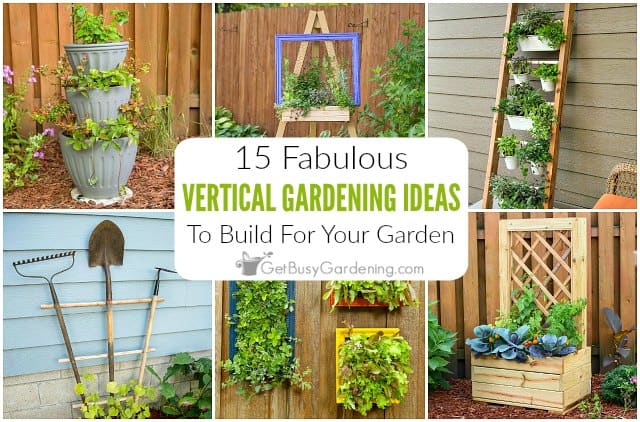
This image is property of k2j4u5m5.stackpathcdn.com.
Preparing the Vertical Surface
Before installing your vertical garden, it’s important to prepare the chosen vertical surface. By cleaning and repairing the surface, applying a waterproofing membrane, and adding a growing medium, you can create a stable and conducive environment for your plants to thrive.
Clean and repair the surface
Start by thoroughly cleaning the vertical surface that will support your garden. Remove any dirt, debris, or loose paint. If there are any cracks or damaged areas, repair them before proceeding. A clean and smooth surface will provide a solid foundation for your vertical garden.
Apply a waterproofing membrane
To protect the vertical surface from moisture and potential damage, apply a waterproofing membrane. This will prevent water from seeping into the wall and potentially causing structural problems. Follow the manufacturer’s instructions for application and ensure that the surface is completely covered and sealed.
Add a growing medium
Before installing your plants, add a suitable growing medium to the vertical surface. This will provide a nutrient-rich and well-draining environment for the roots to grow. Choose a lightweight and porous medium specifically designed for vertical gardens. Spread the medium evenly across the surface and ensure that it is deep enough to accommodate the root systems of your chosen plants.
Installing the Vertical Garden
With the preparatory steps complete, it’s time to install your vertical garden. By securely attaching the structure, planting the selected plants, and ensuring proper spacing and orientation, you can bring your garden to life.
Attach the structure securely
Carefully follow the manufacturer’s instructions to securely attach the chosen vertical garden structure to the prepared surface. Use appropriate tools and hardware to ensure that the structure is stable and able to support the weight of the plants. Double-check that the attachments are secure and make any necessary adjustments before proceeding.
Plant the selected plants
Once the structure is in place, it’s time to plant your chosen plants. Carefully remove each plant from its pot, being gentle with the roots, and place it in its designated spot on the vertical structure. Ensure that the roots are properly covered with the growing medium and gently pat it down to secure the plants in place. Consider the height and growth habits of each plant as you position them on the structure.
Ensure proper spacing and orientation
As you plant your vertical garden, pay attention to proper spacing and orientation. Allow enough room between each plant to accommodate its growth and prevent overcrowding. Consider both vertical and horizontal spacing to ensure that each plant has adequate access to light and air circulation. Take note of the orientation of each plant and position it accordingly so that it grows in the desired direction.
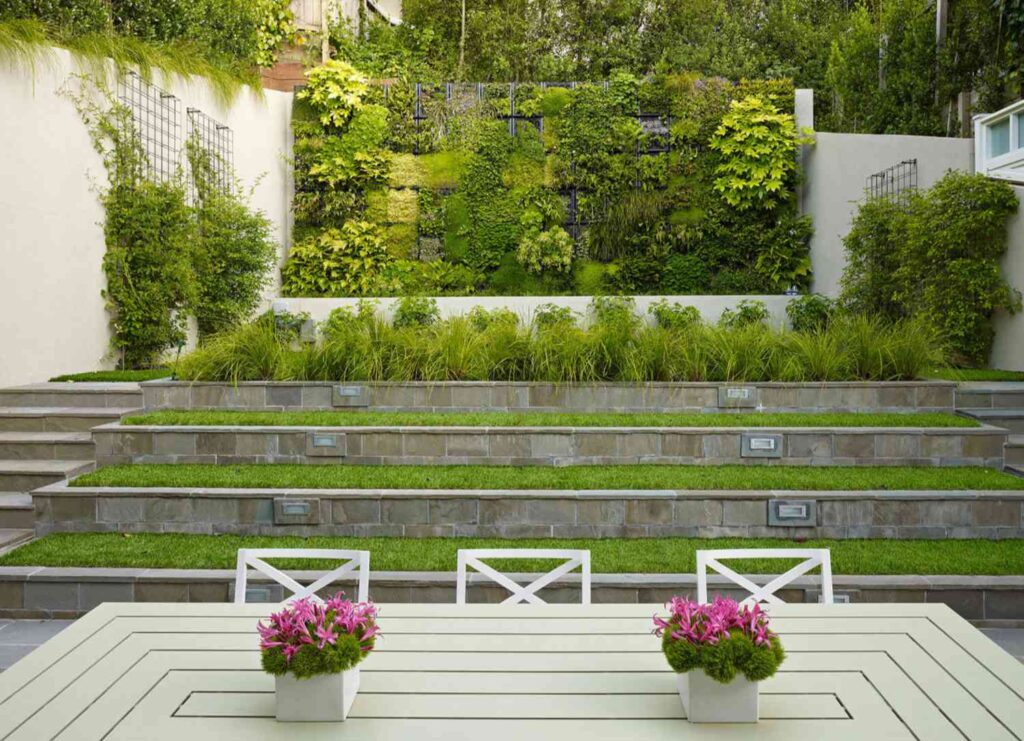
This image is property of www.thespruce.com.
Providing Adequate Lighting
Proper lighting is essential for the health and growth of your vertical garden. By considering artificial lighting options, supplementing with natural light sources, and monitoring the light intensity and duration, you can ensure that your plants receive the light they need.
Consider artificial lighting options
In cases where natural light is limited, or when growing plants indoors, artificial lighting can be a great solution. LED grow lights are a popular choice for vertical gardens as they provide the necessary spectrum of light for plant growth. Determine the appropriate light intensity and duration for your plants based on their specific light requirements.
Supplement with natural light sources
If your vertical garden is located outdoors, take advantage of natural light sources. Position the garden in a location that receives ample sunlight throughout the day. Consider factors such as the angle of the sun and any surrounding structures that may cast shadows. Monitor the amount of natural light your garden receives and adjust the placement of plants as needed.
Monitor the light intensity and duration
Both artificial and natural light sources should be monitored to ensure that your plants are receiving the appropriate amount of light. Use light meters or simply observe the growth and behavior of your plants to gauge their light requirements. Adjust the intensity and duration of lighting as needed to promote healthy growth and prevent issues such as sunburn or light deprivation.
Implementing Irrigation Systems
Proper irrigation is vital for maintaining the health and vitality of your vertical garden. By choosing a suitable irrigation method, installing a timer or automated system, and establishing a watering schedule, you can ensure that your plants receive the right amount of water.
Choose a suitable irrigation method
There are several irrigation methods to choose from for a vertical garden, including drip irrigation, micro-sprayers, or even a simple hand-watering system. Consider the water requirements of your plants, as well as the available resources and time you can dedicate to watering. Choose a method that provides even moisture distribution and minimizes water waste.
Install a timer or automated system
To simplify the watering process and ensure consistency, consider installing a timer or automated irrigation system. These systems can be programmed to water your vertical garden at specific times and intervals, reducing the risk of over or under watering. Automating the irrigation process also allows you to maintain healthy plants even when you are away or unable to water manually.
Establish a watering schedule
Regardless of the irrigation method you choose, it’s essential to establish a watering schedule for your vertical garden. Consistency is key, as fluctuations in water availability can stress the plants. Consider factors such as local climate, plant water requirements, and the growing medium’s moisture retention capabilities. Regularly monitor the soil moisture levels and adjust the watering schedule as needed.
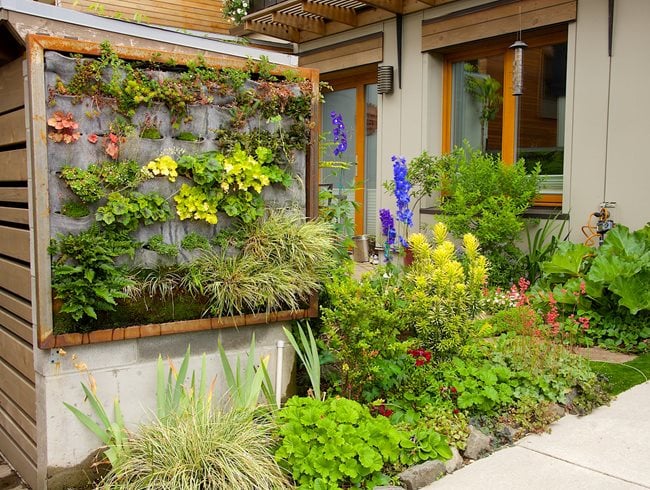
This image is property of www.gardendesign.com.
Maintaining the Vertical Garden
Regular maintenance is crucial for the ongoing health and success of your vertical garden. By regularly monitoring plant health, pruning and reshaping plants as needed, and monitoring and adjusting irrigation and lighting, you can ensure that your garden thrives.
Regularly monitor plant health
Take the time to regularly monitor the health of your plants. Check for signs of pests, disease, or nutrient deficiencies. Inspect the leaves, stems, and roots for any abnormalities. Monitor growth rates and adjust as needed. By catching and addressing any issues early on, you can prevent the spread of problems and maintain a healthy garden.
Prune and reshape plants as needed
As your vertical garden grows, some plants may require pruning or reshaping to maintain their desired appearance and health. Remove any dead or dying foliage, and trim back overgrown branches or vines. Shape plants to encourage lateral growth or train them to climb the vertical structure. Regular pruning will promote airflow, prevent overcrowding, and ensure the overall vitality of your garden.
Monitor and adjust irrigation and lighting
Continuously monitor the performance of your irrigation and lighting systems. Check for any signs of irrigation issues, such as over or under watering, and make the necessary adjustments. Monitor the lighting intensity and duration and adjust as needed to accommodate the changing needs of your plants. Regular monitoring and adjustments will help prevent issues and optimize the growing conditions in your vertical garden.
Decorating and Styling
Beyond the functional aspects of your vertical garden, don’t forget to incorporate decorative elements to enhance its visual appeal. By adding decorative elements, incorporating color and texture, and accessorizing with planters and sculptures, you can create a stunning and personalized vertical garden.
Add decorative elements
Incorporate decorative elements such as trellises, arches, or frames to enhance the aesthetic appeal of your vertical garden. These elements can add structure and visual interest, creating a focal point within your garden. Choose materials and designs that complement your overall garden theme and style.
Incorporate color and texture
Enhance the visual appeal of your vertical garden by selecting plants that offer a range of colors and textures. Choose plants with vibrant flowers, contrasting foliage, or interesting patterns. Consider how different plants will interact in terms of color and texture and create a harmonious composition.
Accessorize with planters and sculptures
Planters and sculptures can add a personal touch to your vertical garden and serve as decorative accents. Choose planters that complement the overall style and design of your garden, whether it’s sleek and modern or rustic and charming. Consider adding sculptures or artwork that reflect your personality and create a unique focal point within your garden.
In conclusion, designing a vertical garden requires careful consideration of various factors, including location, plant selection, structure, layout, preparation, installation, lighting, irrigation, maintenance, and decoration. By following the outlined steps and expanding on each section, you can create a comprehensive guide to help others design their own stunning and thriving vertical gardens. Remember to be friendly and informative in your tone, providing practical tips and inspiration for a successful gardening experience.

